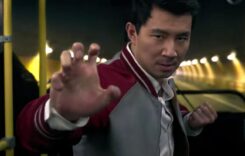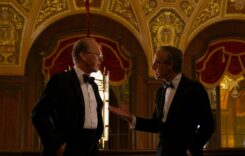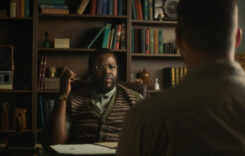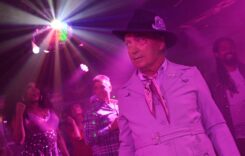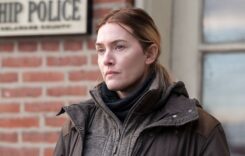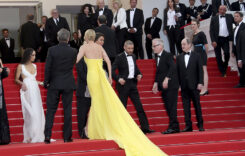JANUARY 31, 2017
crowd-pleas·er
-
a person or thing with great popular appeal.
Unless you’ve been living in an isolation tank for the last month, you’ve probably seen or heard of “Hidden Figures,” the new historical drama that has quickly become the word-of-mouth hit of the past holiday season and has grown to be so popular that the film has been unexpectedly catapulted into the middle of the Oscar race. In fact, at the Screen Actors Guild Awards on Sunday night, “Hidden Figures” scored a shocking upset victory when it won the coveted Best Ensemble prize (SAG’s equivalent of Best Picture) over such favored films as “Moonlight” and “Manchester By the Sea.” (Oscar front-runner “La La Land” was not nominated.)
In fact, the last time that I can recall that audience word-of-mouth propelled a commercial movie to the Oscars was in 2009 with “The Blind Side.” But please know one important thing: “Hidden Figures” is a much much better film than “The Blind Side.”
As you probably know by now, “Hidden Figures” celebrates the real-life story of 3 African-American women in 1961 who were working on the U.S. space program at the segregated NASA base in Langley, VA. In the era before the term “computer” signified a machine, people who did math calculations were called “computers,” which at Langley largely referred to about 20 or so African-American women, who were relied upon but otherwise disregarded by their white male bosses.
Each of our three main characters has her own set of challenges to overcome. Dorothy Vaughan (prior Oscar winner and current nominee Octavia Spencer) supervises this band of “computers” and though Dorothy shoulders all the responsibilities of a supervisor, her closed-minded boss (Kirsten Dunst) refuses to give her the title. Determined to become an engineer, Mary Jackson (R&B star Janelle Monáe) learns that the courses she needs to get her engineering degree are only being taught at an all-white school, which she is legally barred from attending.
Most of “Hidden Figures” focuses on mathematics expert Katherine Goble (Taraji P. Henson), whose math skills are desperately needed by the Space Task Group working on sending astronaut John Glenn (Glen Powell, charming) up in the first orbital flight. The team’s hardass leader Al Harrison (Kevin Costner who, with his flattop haircut and constant gum-chewing, embodies 1960s masculinity perfectly) sees Katherine’s potential and begins to rely on her skills more and more, much to the consternation of team suck-up Paul Stafford (Jim Parsons).
The story itself is so strong that the indifferent direction by Theodore Melfi (who also directed the attempted crowd-pleaser “St. Vincent” with Bill Murray) doesn’t harm the film all that much. The script by Melfi and Allison Schroeder manages to pluck at the heartstrings most of the time, though the insertion of comedy and romance mix uneasily in such a socially important story. Katherine’s love story with her Prince Charming (Mahershala Ali) is well-acted but underdeveloped. But a fair amount of the laughs are funny and well-earned, particularly when the jokes are visual — the sight of Katherine wearing bright bold colors mixing with the wardrobe of her male colleagues, all dressed in white shirts and skinny black ties (they look like the road company of “The Book of Mormon”), is always good for a laugh, as are the women’s sassy retorts to male sexism throughout the film.
Still, in an effort to seal the esteemed title of “crowd-pleaser,” Melfi sometimes stumbles. While a key plot point in the film is that the black women at NASA had to walk half a mile to get to the “colored bathroom,” Melfi somehow decides to mine the situation for comedy. When Katherine suddenly has to pee, she makes an “I gotta go” face and carrying her files and repeatedly dropping them, she is shown rushing across the parking lot in her heels over and over again. You’d expect to hear Benny Hill-type music on the soundtrack if the audio wasn’t already taken up with a perky Pharrell Williams tune. Henson, in particular, deserves better material than that.
Still, there’s the power of that story and the skill of those actresses. Henson, Spencer and especially Monáe (who, between this film and “Moonlight” is having a hell of a year at the movies) all dig deep into their roles and earn the audience’s loyalty despite the occasional audience manipulation. After the film concludes with photos of the real-life trio of “Hidden Figures,” I left the theater on a high note. And I was very very happy to have a bathroom nearby.
GRADE: B+



